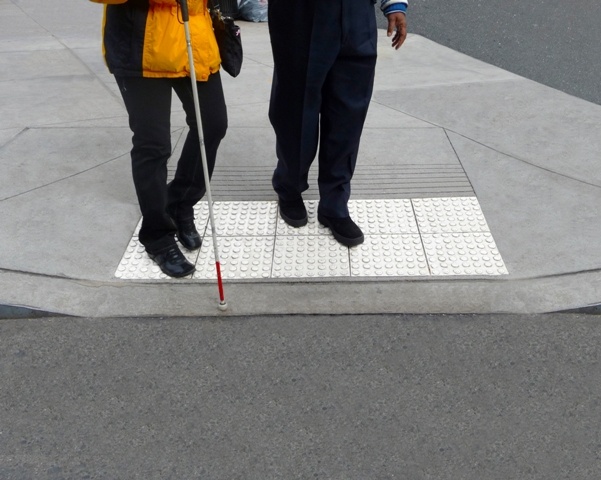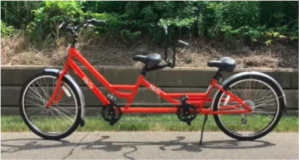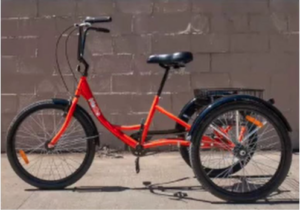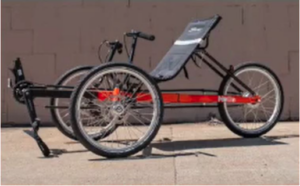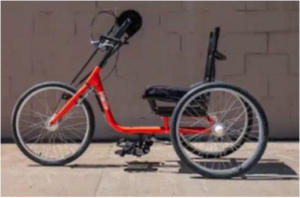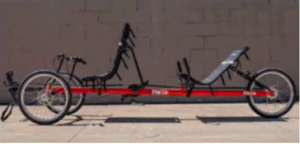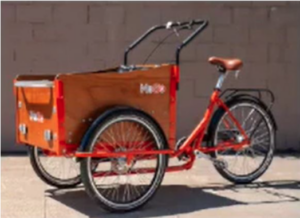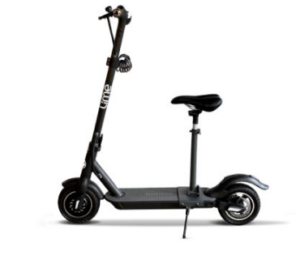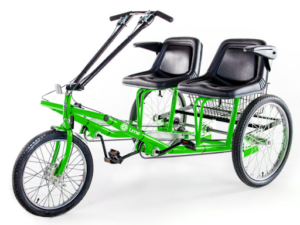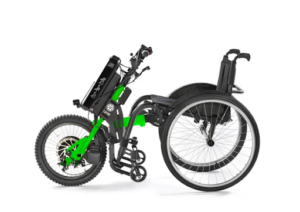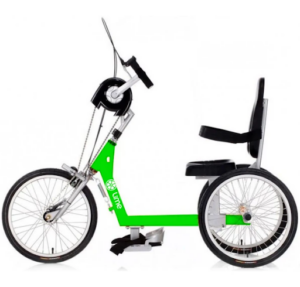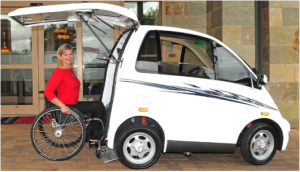Background
“A disability is any condition of the body or mind (impairment) that makes it more difficult for the person with the condition to do certain activities (activity limitation) and interact with the world around them (participation restrictions).” Disabilities that may affect someone include vision, movement, thinking, remembering, learning, communication, hearing, mental health, and social relationships. In the United States, about 61 million people or 26% of the population have a long-term disability, and about 5% of the population has a short-term disability at any given time.
Shared mobility has increased access to transportation options for many people. It can be an easier and more efficient way to move, and with on-demand access to bikes, scooters, cars, shuttles, and mopeds, people have a lot more choices. In addition to providing more options to the masses and filling transportation gaps, shared-use mobility with universally designed fleets and systems can also improve the day-to-day lives of people with disabilities.
While mobility operators are making a concerted effort to offer adaptive vehicles on their platforms so that people with disabilities or with temporary mobility needs can book the right vehicle for them, there is much more to be done in making shared-use mobility accessible to all from an education, vehicle design, policy, and technology point of view.
Next Subsection
History
The history of the disability rights movement provides insight into the evolution of providing mobility to all. Disability laws began with the Architectural Barrier Act of 1968, which ensures that buildings built with federal money include design features such as ramps for people with disabilities. Following that, the Federal Rehabilitation Act of 1974 (Section 504) stopped the discrimination of people with disabilities in federally funded programs and employment opportunities. The Americans with Disabilities Act of 1990 requires accessible transportation options for persons with disabilities and brings dedicated transportation services like paratransit to communities. In 2010, ADA Standards for Accessible Design was adopted to regulate new construction and alterations to the built environment.
In addition to these laws supporting more accessible transportation, cities are vocalizing the needs of persons with disabilities by establishing minimum criteria for adaptive equipment as a way to increase access for persons with disabilities within their jurisdictions (NACTO). A combination of federal policies and city regulations are encouraging companies and organizations in the shared-use mobility space to provide mobility options for all, and there are some promising examples of making shared-use mobility more accessible to people with disabilities that will be covered in this learning module.
Previous Subsection Next Subsection
Definitions
Here are common terms used in the learning module or when discussing persons with disabilities.
- Ableism – Ableism is the discrimination of and social prejudice against people with disabilities based on the belief that typical abilities are superior (Access Living).
- Adaptive Vehicle – Adaptive vehicles are modified vehicle designs of transportation modes to meet the needs of people with different mobility constraints.
- Assistive Technology – Assistive technology includes products, equipment, and systems that enhance learning, working, and daily living for persons with disabilities. (Source) Examples of assistive technology include color modification, switch, voice control, and screen readers.
- Disablism – Disablism is discrimination or prejudice against disabled people (Scope).
- Disability – A disability is any condition of the body or mind (impairment) that makes it more difficult for the person with the condition to do certain activities (activity limitation) and interact with the world around them (participation restrictions). An individual can experience a permanent, temporary, or situational disability,, as shown in this image (CDC).
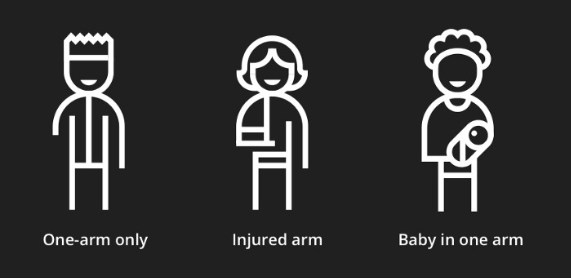
Source – Microsoft’s inclusive design toolkit
- Disability Justice – Disability Justice was built because the disability rights movement simultaneously invisibilized the lives of people who lived at intersecting junctures of oppression – disabled people of color, immigrants with disabilities, queers with disabilities, trans and gender non-conforming people with disabilities, people with disabilities who are houseless, people with disabilities who are incarcerated, people with disabilities who have had their ancestral lands stolen, amongst others (Sins Invalid).
- Mobility Management – A customer-centered approach to finding transportation solutions for all populations with a particular focus on people with disabilities, aging populations, English language learners, low-income communities, and other groups with unique needs (National Center for Mobility Management).
- Non-Emergency Medical Transportation (NEMT) – A specific category of human services transportation that transfers patients to medical appointments. Medicaid and Medicare have a provision for NEMT, though the service provision differs by state.
- One-Call/One-Click – A consumer-focused program that marshals the various resources of public agencies and their private partners to offer a single point of contact online or over the phone for all transportation users. This includes ADA Paratransit and NEMT.
Previous Subsection Next Subsection
